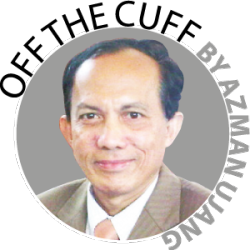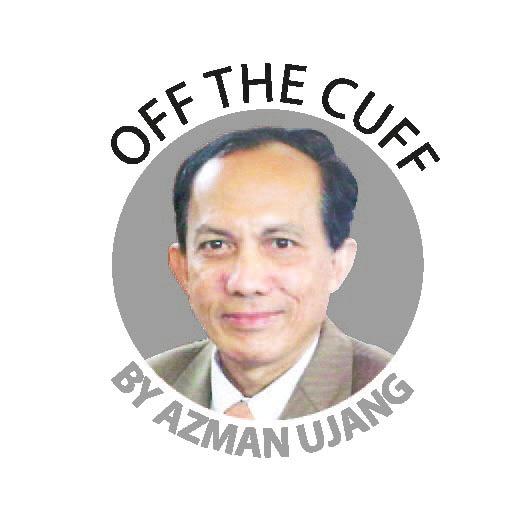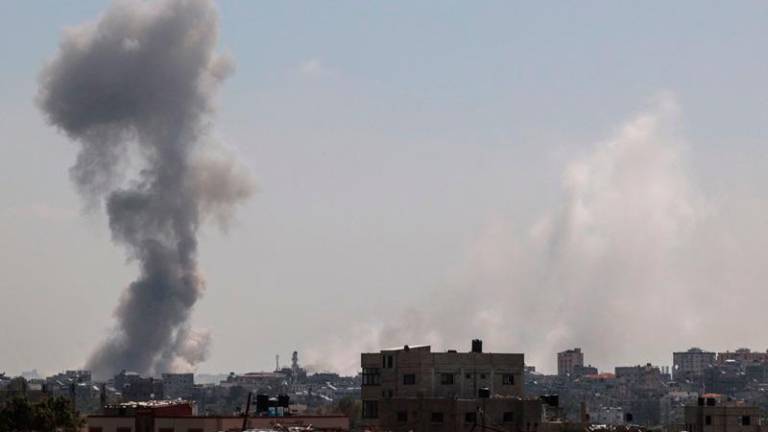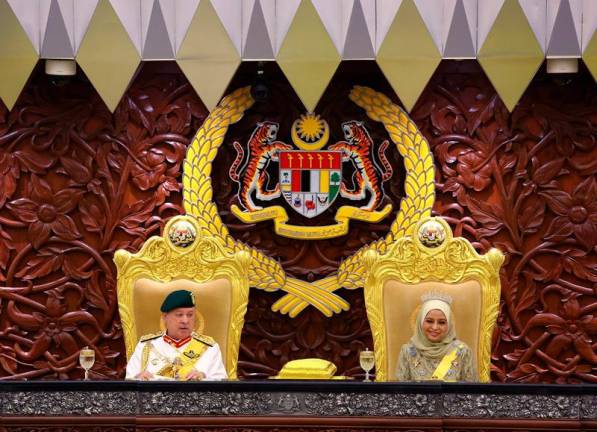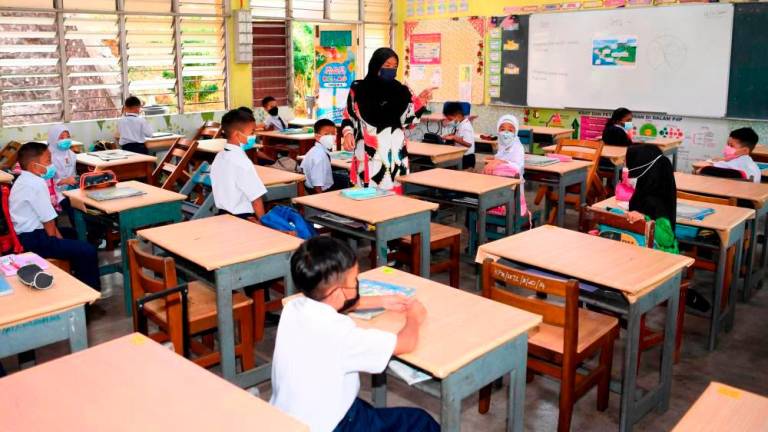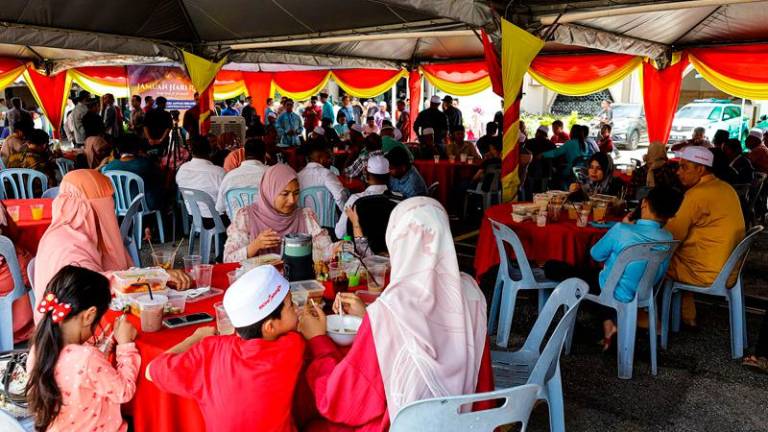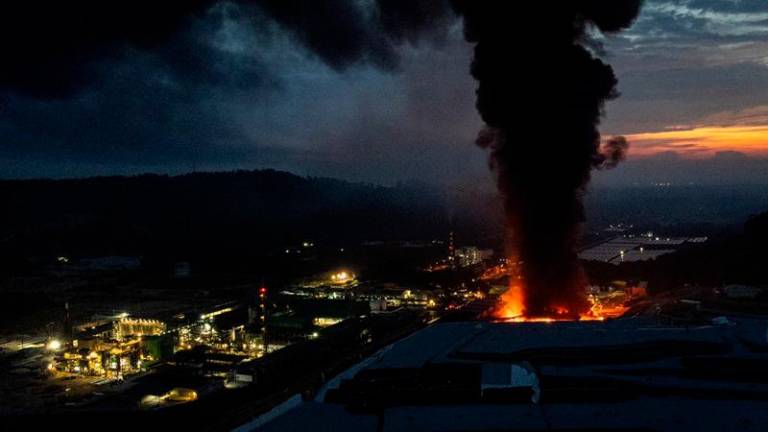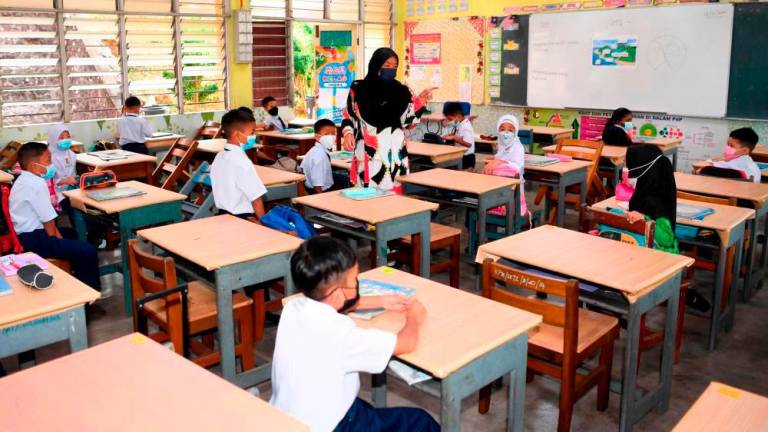IT’S not that we don’t have dedicated entities to promote and enhance road safety. We have, perhaps more than any other country and this in itself portrays the government’s strong political will on this front.
And yet ironically, Malaysia is listed by the United Nations as having one of the world’s highest road crashes and fatalities.
In the Asean region, Malaysia is the only country that has a Road Safety Department.
Then there is the Malaysian Institute of Road Safety Research (Miros) and to top it up, we also have the Road Safety Council of Malaysia in all states.
Each has its own KPIs to achieve but basically these organisations aim to reduce road deaths and injuries as well as losses and damage arising from what can only be described as the country’s most common tragedies.
What is required now is for these bodies to be more proactive in engaging with the media on all platforms.
They ought to make public the outcomes of the research done and the implementation of measures to take road safety to the next level.
By the same token, the findings of inquiries into major crashes where many lives were lost should also be made public to help prevent or at least mitigate such tragedies.
The private sector, especially insurers, who pay millions as compensation to accident victims, could chip in to help efforts to reduce road deaths.
If these prove effective or successful, insurers might even end up having to dish out less in compensation.
All must play their part in pricking our national conscience on road safety, the lack of which has brought about untold suffering to loved ones left behind by the victims.
I find it strange that there’s greater public awareness or concern about a disease outbreak that claims perhaps 30 or slightly more lives in a year than on the critical need for safer ways to ride the small-engine motorcycles better known as kapcais which cost 4,000 lives a year.
And over two years ago, taking advantage of the effectiveness of social media, the Safety First Group was formed on WhatsApp.
This group has some 700 members from all walks of life and even some state chief police officers. All of whom are committed to making safety their primary goal.
This group’s focus now is on road safety, particularly on ways to reduce deaths among riders of kapcais.
Besides the 4,000 people who died yearly in kapcai crashes, thousands more were injured and most of the victims were aged between 16 and 36.
This means that it’s the biggest cause of deaths among Malaysia’s younger generation.
The Safety First Group has had several engagements with stakeholders in road safety, including a meeting with Transport Minister Anthony Loke.
Loke told the group that he’s fully committed to efforts to reduce road deaths and would do whatever it takes, including exerting maximum political will, to make a difference while he heads the Transport Ministry.
I have been told by his officers that the political will on road safety as a priority is very high on Loke’s agenda.
This is very reassuring and the Safety First Group, of which I am an adviser, will continue to engage with the minister.
Datuk Suret Singh, the former director-general of the Road Safety Department, who recently took over as the new chairman of Miros, has come back to the road transport scene with a renewed commitment to “push the boundaries”.
“There’s nothing more important to me now than to save lives,” Suret told me, adding that his top priority is on kapcais for which he has joined the Safety First Group.
In this regard, Miros is engaging more stakeholders, including the Works Ministry which oversees highways.
With the Hari Raya season less than two months away, the spectre of express bus safety looms large again.
Tens of thousands of people will travel by buses in the balik kampung exodus and going by records, due to the massive number of bus trips, it’s also the season of bus crashes.
Before the start of the season, let’s broach what to me, is the most important aspect of safety that all too often is ignored or taken too much for granted – the physical and mental condition of express bus drivers.
If airline pilots are subjected to stringent health checks, there is a crying need for all bus operators to do so for their drivers because they, too, carry many passengers.
Four days ago, 12 MASKargo contract workers were killed and many others critically injured when the bus that ferried them to their midnight shift plunged into a 10m deep storm drain near their workplace in Sepang.
In this crash, the driver was killed on the spot.
His brother-in-law told the media that the bus driver had to work three shifts a day to support his wife and three children and had been driving buses for 20 years.
The strong assumption on the cause of the bus crash, going by common sense, is sleep or sleep-deprived driving because going by the police report, the driver had taken a wrong turn at the roundabout on the route leading to the workplace.
It was his usual familiar route and as the crash took place past 11pm, and working three shifts daily, it was too much to expect a driver to be in normal physical condition.
Employers of bus drivers, too, should not allow drivers to work long hours.
For the coming festive season, my appeal to the authorities is to require express bus companies to reschedule trips away from what I call “uncivilised hours” of around midnight and the wee hours of the morning before dawn.
Records show that many fatal bus crashes happened during this period when the body clock tells us that it’s time to be asleep and one has no business to gamble with people’s lives.
Alternatively, travellers in the interest of their own lives should shun late night trips.
Always think safety. Don’t become a road “genocide” statistic.
Comments: letters@thesundaily.com



